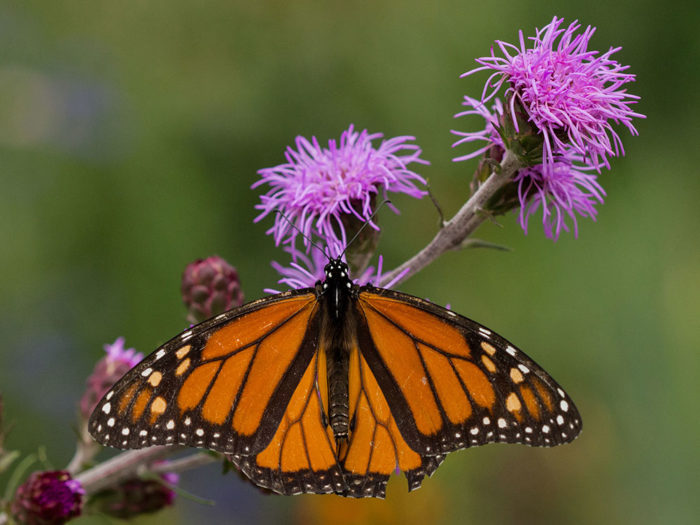
While monarch butterflies (Danaus plexippus) can be found in most of the United States at some point in their migration, those of us living in the Southern Plains states are specially positioned to witness them traveling along their central migratory corridor, which runs through Texas and Oklahoma. Most of the North American monarch population is found east of the Rockies, and this eastern population makes a single-generation migration south every fall to their overwintering ground in central Mexico. This is followed by a multigeneration migration north again the following spring as they move back into North America. Gardeners living along their central migratory corridor have a special opportunity to support the migration of these beautiful creatures.
Spring migration: milkweeds and nectar plants
In spring, the monarchs that left Mexico at the end of winter are now back in the southern United States and are ready to breed. The best way to support the spring migration is by growing native milkweed species, which serve as the larval hosts for the monarchs, and nectar plants, which supply food to adult monarchs.
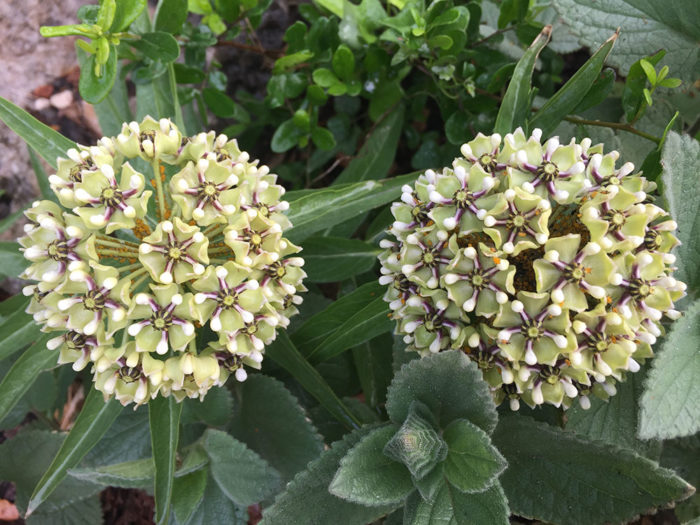
Some excellent milkweed species native to Texas and Oklahoma include:
- Antelope-horn milkweed (Asclepias asperula, Zones 5–9)
- Swamp milkweed (Asclepias incarnata, Zones 3–8)
- Zizotes milkweed (Asclepias oenotheroides, Zones 4–10)
- Texas milkweed (Asclepias texana, Zones 6–10)
- Green milkweed (Asclepias viridis, Zones 4–9)
- Butterflyweed (Asclepias tuberosa, Zones 4–10)
In recent years, tropical milkweed (Asclepias curassavica, Zones 9–11), which is not native to the United States, has become increasingly available in the nursery trade but has been shown to be damaging to monarch populations. While the monarchs are attracted to tropical milkweed and will lay their eggs on it, this milkweed species can encourage the monarchs to skip their migration and overwinter, which puts them at risk of disease and other problems. To best support the monarch migration, only plant native milkweed species. If you already have tropical milkweed established in your garden, you can cut it back every year in the fall to reduce the chances that it will interfere with your local monarch population’s migration patterns.
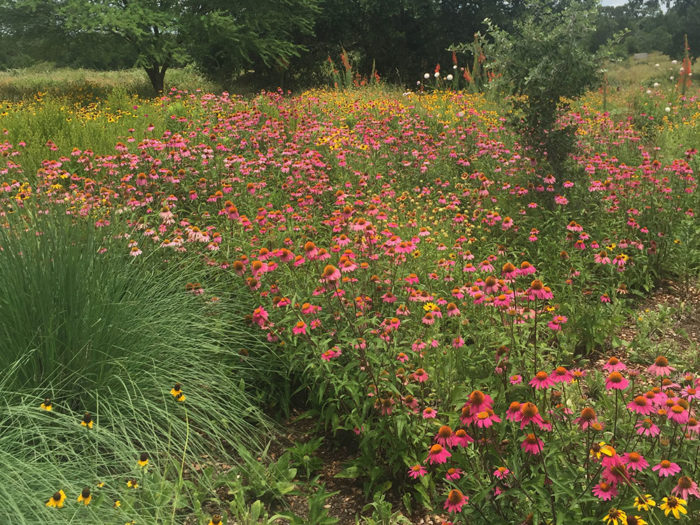
Spring nectar plants, which are used as fuel by adult monarchs, include the following important (and beautiful!) species in the Southern Plains states:
- Mealy blue sage (Salvia farinacea, Zones 8–10)
- Purple coneflower (Echinacea purpurea, Zones 4–9)
- Prairie verbena (Glandularia bipinnatifida, Zones 4–8)
- Gloriosa daisy (Rudbeckia hirta, Zones 3–9)
Selecting nectar plant species with staggered bloom times will help provide a continuous supply of nectar to monarchs throughout the spring and summer as they journey northward.
Fall migration: Nectar plants
The fall migration is all about the nectar plants! Nearly all the monarchs from the eastern United States (east of the Rockies) fly south through the Southern Plains and are funneled through Texas into Mexico. They make this southern migration in just one generation, and they need nectar to fuel their journey.
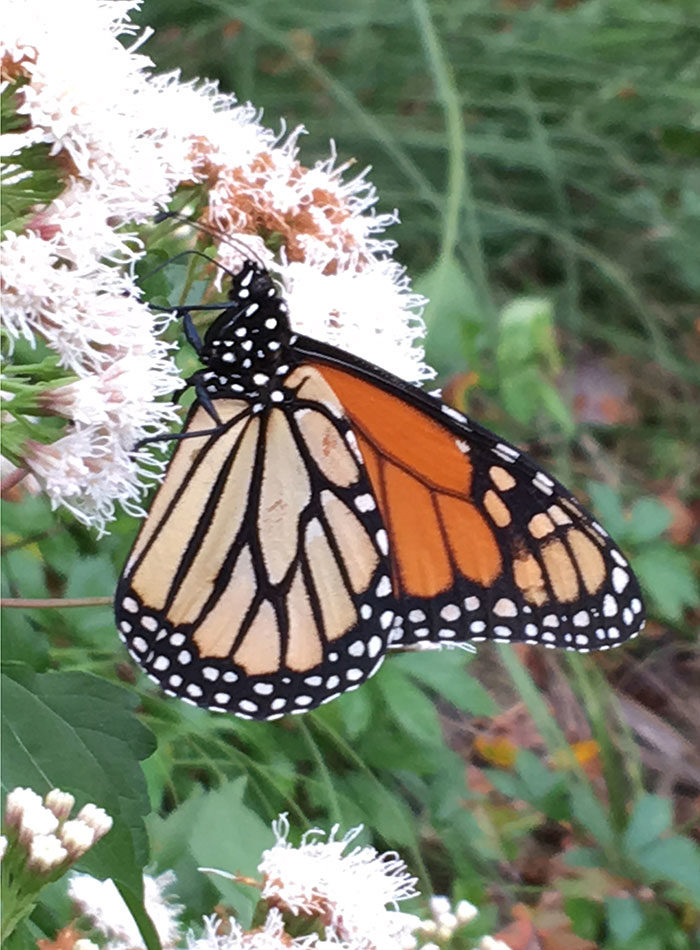
Some great plants for fall nectar in the Southern Plains include:
- Rock rose (Pavonia lasiopetala, Zones 8–11)
- Gregg’s mistflower (Conoclinium greggii, Zones 7–10)
- Shrubby boneset (Ageratina havanensis, Zones 7–11)
- Maximilian sunflower (Helianthus maximiliani, Zones 3–9)
- Buttonbush (Cephalanthus occidentalis, Zones 5–9)
- Frostweed (Verbesina virginica, Zones 6–8)
Other resources
To learn more about how to support the monarch migration with your garden, here are some other excellent resources:
Xerces Society’s Monarch Nectar Plant Guide for the Southern Plains
U.S. Forest Service’s Monarch Migration Resources
—Karen Beaty is a horticulturalist at the Lady Bird Johnson Wildflower Center in Austin, Texas.
Fine Gardening Recommended Products
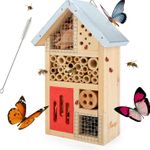
Niteangel Natural Wooden Insect Hotel, Garden Insect House for Ladybugs, lacewings, Butterfly, Bee, Bug
Fine Gardening receives a commission for items purchased through links on this site, including Amazon Associates and other affiliate advertising programs.

Gardener's Supply Company Summerweight Fabric Plant Cover
Fine Gardening receives a commission for items purchased through links on this site, including Amazon Associates and other affiliate advertising programs.

Lee Valley Garden Knife
Fine Gardening receives a commission for items purchased through links on this site, including Amazon Associates and other affiliate advertising programs.


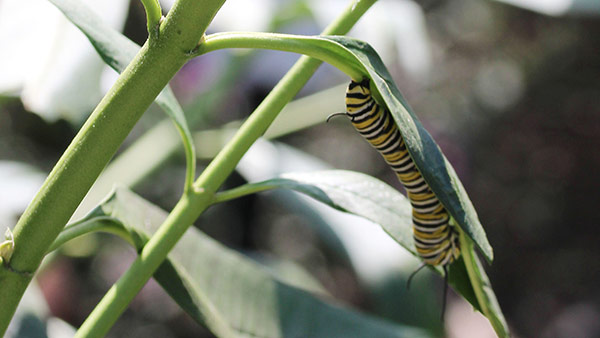
















Comments
Log in or create an account to post a comment.
Sign up Log in